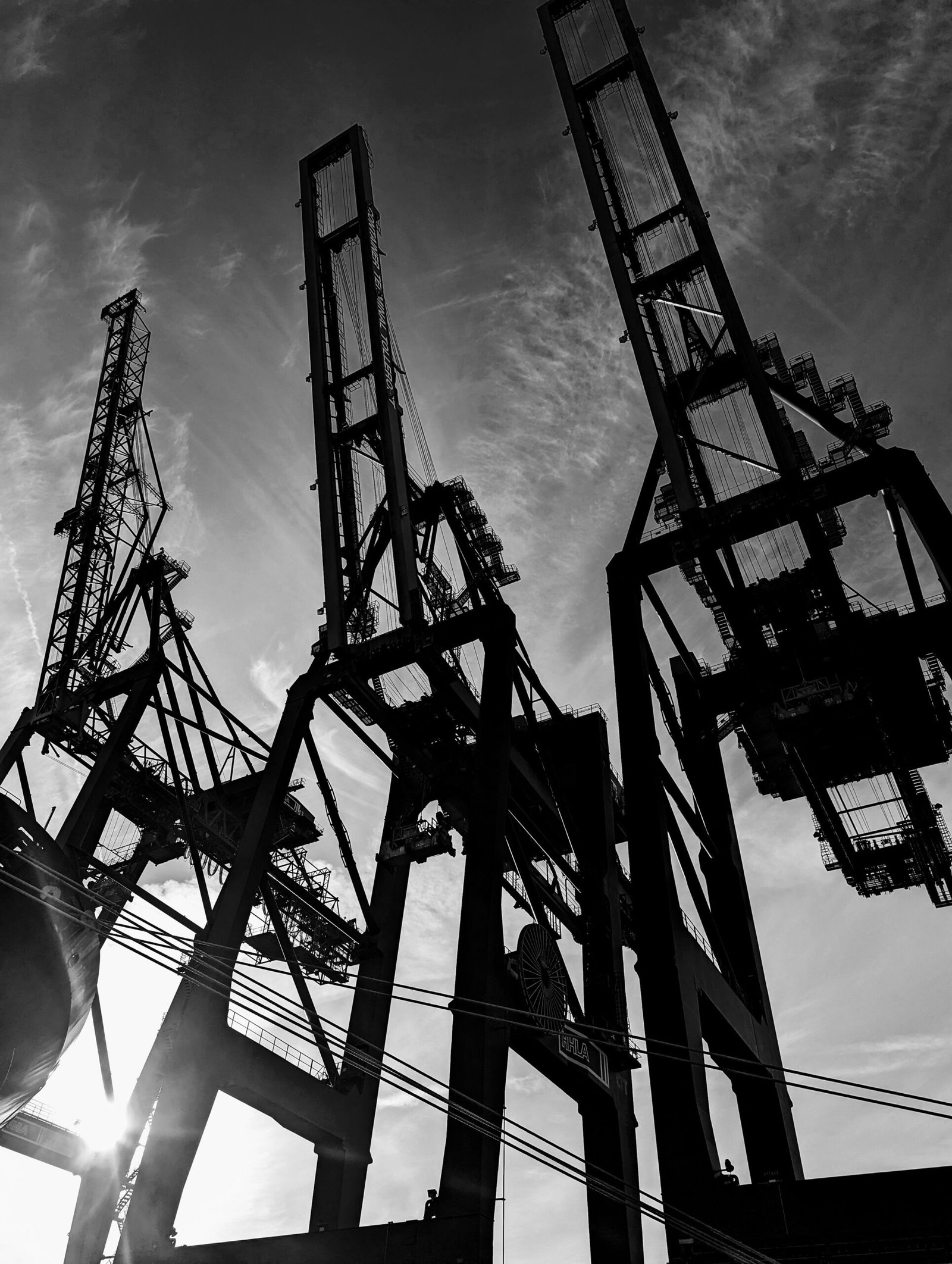
Photo by <a href="https://unsplash.com/@manuliniger" rel="nofollow">Manuel Liniger</a> on <a href="https://unsplash.com/?utm_source=hostinger&utm_medium=referral" rel="nofollow">Unsplash</a>

The Basics of Inflation and Its Role in the Economy
Inflation is defined as the rate at which the general level of prices for goods and services rises, leading to a decrease in purchasing power. It is a crucial economic concept, impacting consumer behavior, investment decisions, and overall economic growth. Understanding inflation requires an exploration of its causes, types, and measurement methods.
There are several primary causes of inflation. Demand-pull inflation occurs when demand for goods and services surpasses supply. This scenario often arises during periods of economic growth, where higher consumer spending drives prices upward. Conversely, cost-push inflation is triggered by rising production costs, such as wages and raw materials, which businesses pass on to consumers in the form of higher prices. Additionally, built-in inflation reflects the persistence of inflation due to adaptive expectations, where businesses and consumers expect future price increases, leading to a self-reinforcing cycle of wage and price hikes.
Inflation is measured using various indices, with the Consumer Price Index (CPI) and Producer Price Index (PPI) being the most notable. The CPI tracks changes in the price level of a basket of consumer goods and services, providing insight into the cost of living. The PPI, on the other hand, measures the average change over time in the selling prices received by domestic producers for their output, serving as an early indicator of inflation’s trajectory.
Inflation significantly influences consumer behavior and purchasing power. As prices rise, the real value of currency diminishes, prompting consumers to either adjust their spending habits or reduce overall consumption. This reaction can lead to shifts in demand across various sectors, including the construction industry, where increased material costs can result in delayed projects or budget overruns. Understanding these foundational concepts of inflation is essential to grasp its implications on construction costs and project financing.
Inflation’s Effect on Construction Material Costs
Inflation can have a profound impact on construction material costs, effectively altering the financial landscape for construction projects. When inflation rates rise, the prices of essential raw materials such as steel, lumber, and concrete tend to follow suit. This increase in costs can lead to significantly inflated overall project budgets, which may place a strain on both developers and contractors. The construction industry is particularly sensitive to these fluctuations, as the cost of materials often constitutes a majority of a project’s total expenditure.
Historically, periods of economic inflation have demonstrated a direct correlation with material price spikes. For instance, during the economic turmoil in the 1970s, construction material costs surged, resulting in escalated project budgets and a diminished capacity for timely completions. Such volatility necessitated adaptive procurement strategies among contractors, who had to navigate the unpredictability of material availability and pricing. In some instances, inflation can lead to shortages, as suppliers may struggle to keep up with demand in an unstable market. This dynamic can result in delays and lead times extending beyond standard expectations, thus complicating project timelines.
Contractors have typically reacted to these inflationary pressures by adjusting their bids and pricing structures. Faced with rising material costs, they may incorporate contingencies into their initial proposals to safeguard against further price increases. Additionally, some construction firms might explore alternative materials or methods that could alleviate the financial burden linked to inflation. Ultimately, understanding the ramifications of inflation on material costs is crucial for all stakeholders involved in a construction project, as it shapes project planning, execution, and overall financial viability.
Project Financing Challenges Amid Rising Inflation
The phenomenon of rising inflation presents a range of challenges for project financing, especially in the realm of long-term construction projects. As inflation rates increase, the cost of materials, labor, and overall project execution also tends to escalate, consequently influencing financing options available to project developers. One of the primary impacts of inflation is its effect on interest rates. Typically, lenders respond to inflationary pressures by raising interest rates to mitigate the risks associated with lending in an unstable economic environment. This increase in interest rates can lead to higher overall costs for financing construction projects, making it more challenging for developers to secure the necessary funds.
Moreover, the overall cost of capital can experience significant fluctuations due to inflation. Investors often demand higher returns to compensate for the reduced purchasing power associated with inflation, which can result in decreased appetite for investments in new projects. Consequently, project developers may face difficulties in attracting funding, leading to potential delays and cost overruns that can further deter lenders’ willingness to finance a project. In such scenarios, it becomes vital for developers to navigate the complexities of securing financing amidst these obstacles.
Another significant challenge lies in the assessment of risks by lenders during periods of high inflation. Increased uncertainty regarding future costs can lead lenders to impose stricter loan terms and conditions or even withdraw financing altogether. In response to these hurdles, many developers are turning to alternative financing strategies. Options such as fixed-price contracts and appropriate contingencies may provide a buffer against rising costs, thereby stabilizing the financial outlook of construction projects. These strategies can help mitigate some of the risks associated with inflation while ensuring that projects remain viable in an ever-evolving economic landscape.
Strategies for Mitigating Inflation Risks in Construction Projects
Inflation poses significant challenges to construction managers and stakeholders, but there are effective strategies to mitigate these risks. One primary approach is implementing accurate and proactive cost forecasting. By analyzing historical data, current market trends, and material price fluctuations, construction managers can better anticipate potential increases in costs. This forecasting allows for budget adjustments and can lead to more informed decision-making regarding resource allocation.
Another essential strategy is the renegotiation of contracts with suppliers and subcontractors. In times of rising costs, it becomes imperative to maintain open lines of communication with all parties involved. By negotiating fixed-price contracts or terms that account for potential inflation, construction firms can shield their projects from unforeseen expenses. This strategy not only enhances financial predictability but also fosters a collaborative atmosphere among project stakeholders.
Locking in prices for key materials can also provide a buffer against inflationary pressures. By securing agreements with suppliers for specific materials at predetermined prices, construction managers can safeguard their budgets from unexpected price surges. This strategy may require early procurement or bulk buying but can result in substantial long-term cost savings.
Furthermore, maintaining a flexible project timeline is crucial for navigating the uncertainties of inflation. By allowing for adjustments in scheduling, managers can take advantage of optimal pricing periods for labor and materials, thereby reducing overall expenditures. Flexibility also accommodates shifts in availability or delivery schedules caused by inflation-driven supply chain disruptions.
Finally, effective communication with financing partners and clients is paramount. Keeping stakeholders informed about the implications of inflation and engaging them in conversations about budgetary adjustments or project timelines enhances trust and aligns expectations. By adopting these strategies, construction professionals can better navigate the complexities associated with inflation, ensuring successful project completion despite economic pressures.




